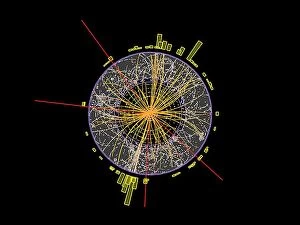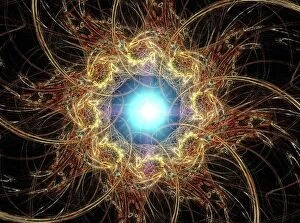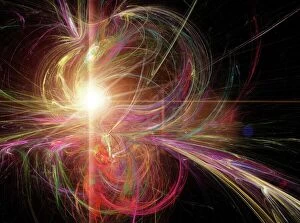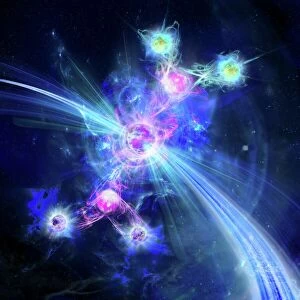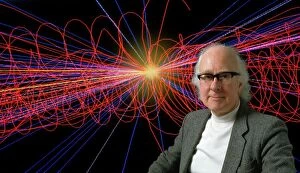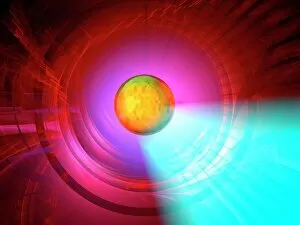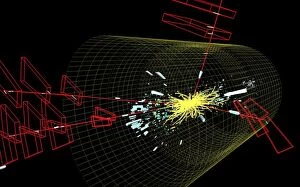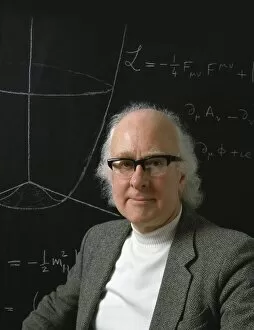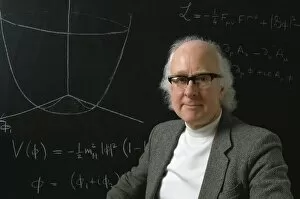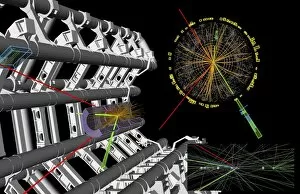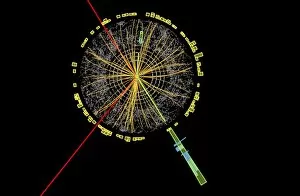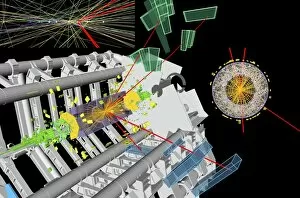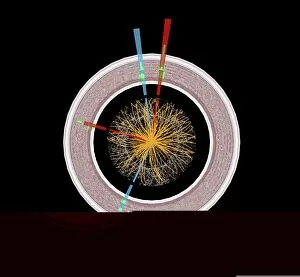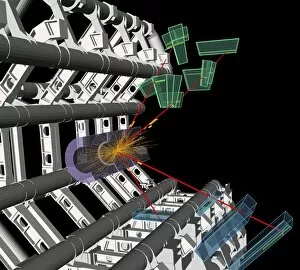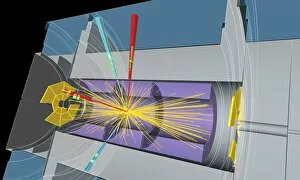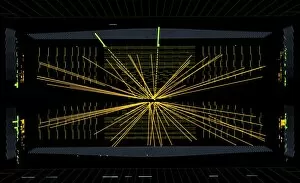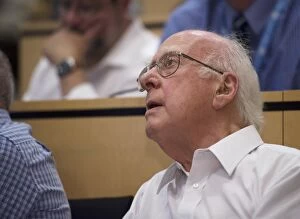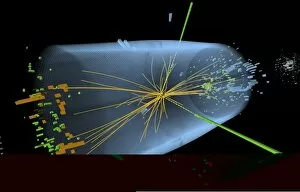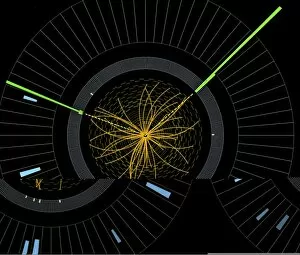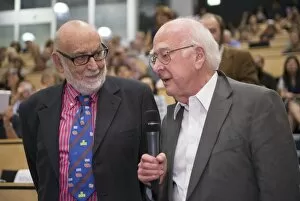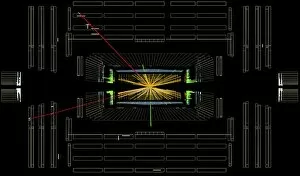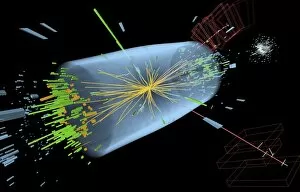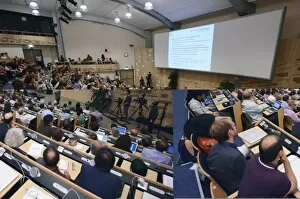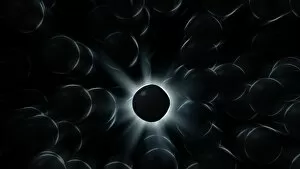God Particle Collection
"The God Particle: Unveiling the Mysteries of the Universe" In a groundbreaking experiment
All Professionally Made to Order for Quick Shipping
"The God Particle: Unveiling the Mysteries of the Universe" In a groundbreaking experiment, scientists at CERN's Large Hadron Collider (LHC) achieved a significant milestone in understanding the fundamental building blocks of our universe. Proton collision C014 / 1797 marked an extraordinary moment when researchers detected evidence of the elusive Higgs boson particle. The ATLAS detector, known for its precision and sensitivity, played a crucial role in capturing this historic event. Its sensors recorded every minute detail during the Higgs boson event C013 / 6892, providing invaluable data that would shape our understanding of particle physics. Conceptual artwork depicting the Higgs boson further fueled curiosity and imagination. These visual representations allowed us to grasp its significance as it interacts with other particles within the intricate fabric of space-time. The ethereal beauty portrayed in conceptual artwork C018 / 0936 captured both scientific fascination and artistic interpretation. At the heart of this discovery lies British physicist Prof. Peter Higgs, whose theoretical work predicted the existence of this enigmatic particle decades ago. His contributions to science cannot be overstated; his dedication led to breakthroughs that forever altered our perception of reality. Prof. Peter Higgs' relentless pursuit finally paid off during these monumental moments - captured by photographs C015 / 4138, C015 / 4139, and C015 / 4134 - where he witnessed his theory come to life. The research conducted using ATLAS detector C013/6893 and C013/6894 provided additional insights into how particles acquire mass through interactions with the Higgs field. This knowledge revolutionized our comprehension of why matter exists as we know it today. As we continue unraveling nature's deepest secrets, one thing is certain: The discovery of the God Particle has opened up new frontiers in scientific exploration and ignited endless possibilities for future discoveries that will reshape our understanding of existence itself.

